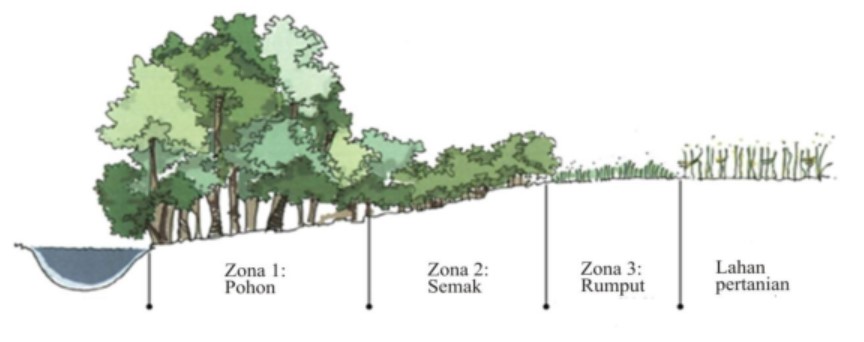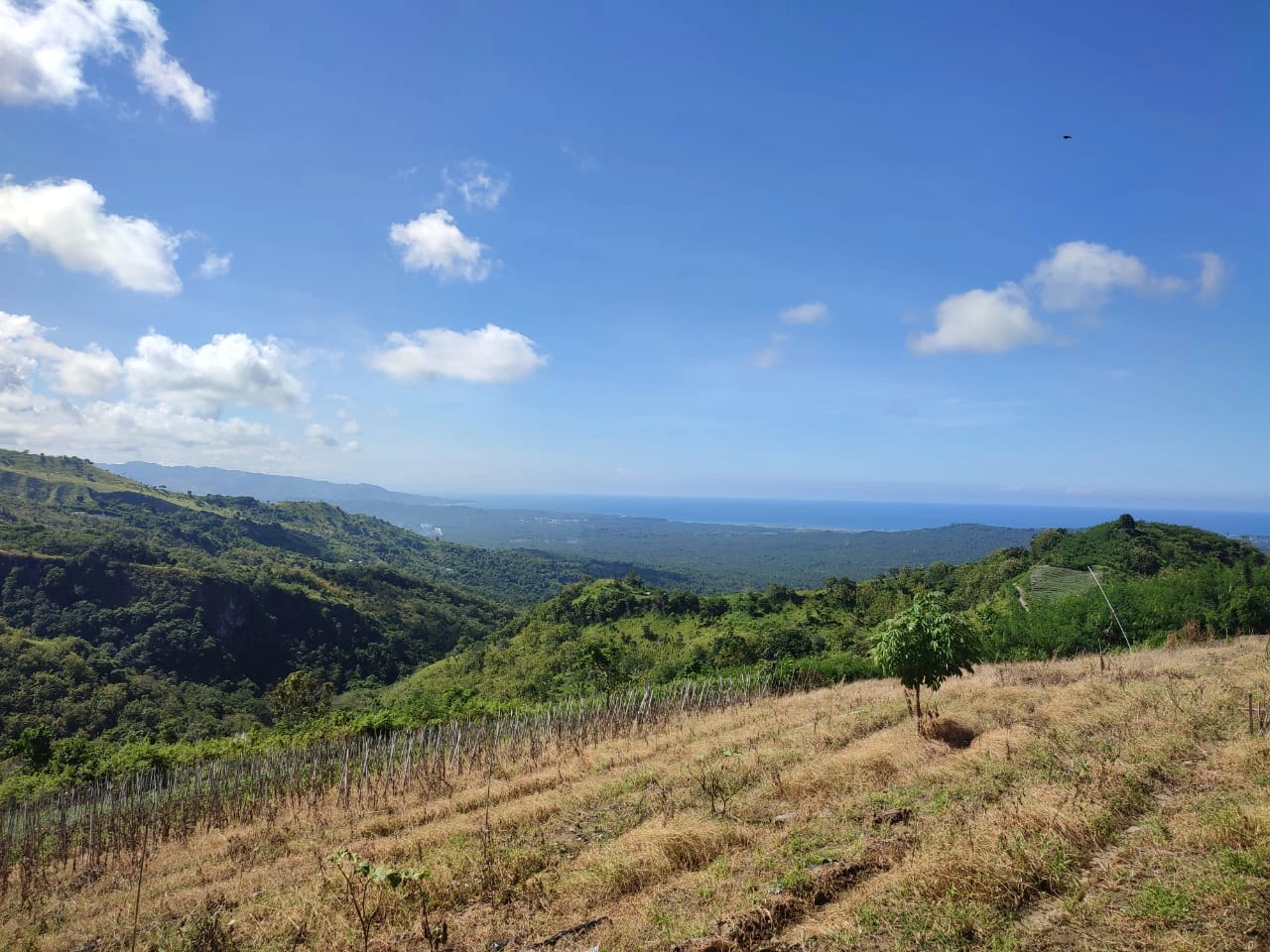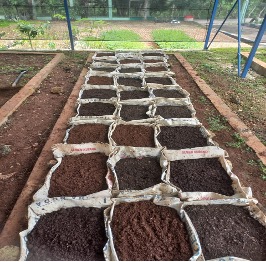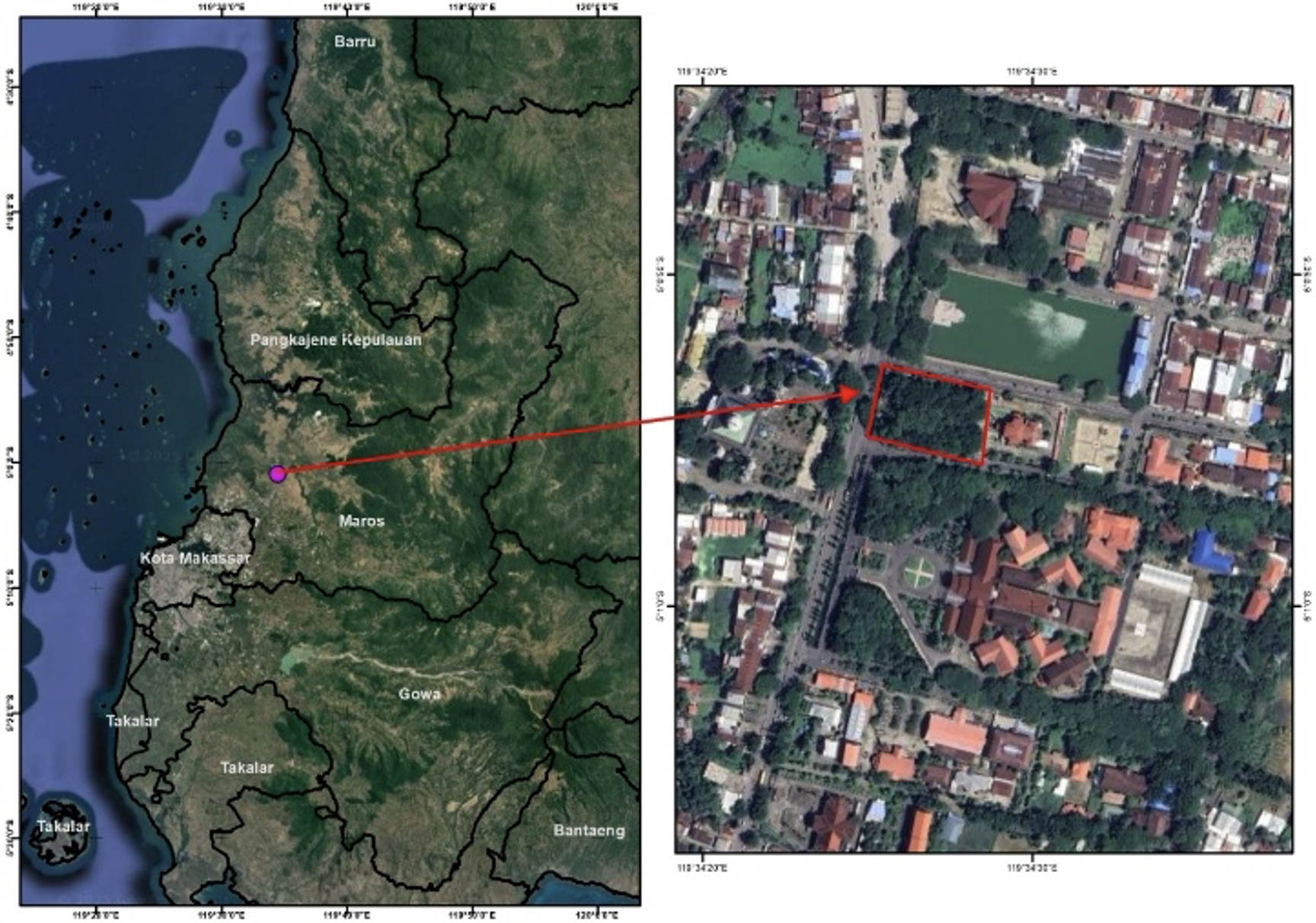Study of Light Intensity in Riparian Zone of Teak Production Forest in KHDTK Cemoro Modang
Abstract
Vegetation is one of the factors that influence the protection function of the riparian zone. Riparian vegetation in teak production forests is dominated by teak plantation with low species diversity. Rehabilitation is needed to increase the role of vegetation in protecting riparian zone. Data and information of light intensity is required to support the success of rehabilitation. Light intensity is a significant factor for photosynthesis which impacts on the survival, growth and adaptation of a vegetation. The varying light intensity in the riparian zone due to diverse land cover becomes a challenge in rehabilitating this area. This study aims to identify light intensity in riparian zone of Modang River and Cemoro River in the teak production forest. Recognizing light characteristics will help in species selection to rehabilitate this area. Primary and secondary data were used in this study. Direct measurement of light intensity was carried out along riparian zone of the Modang and Cemoro Rivers by systematic sampling. A sampling plot measuring 20 x 20 meter was used as the location of the sampling point with a total of 36 plots. Climate data are obtained from field observations through the nearest climatology station. The results showed that different canopy cover causing light intensity of Modang and Cemoro rivers varies. Canopy cover in this area can be divided into canopy cover of teak forest of various ages (production plants), johar (previous rehabilitation plants), and logged-over areas. The selection of tolerant and intolerant trees is important to use as consideration for rehabilitation, in addition to other silvicultural and socio-economic considerations of the local community.
الحقوق الفكرية (c) 2020 Jurnal Wasian

هذا العمل مرخص بموجب Creative Commons Attribution-NonCommercial 4.0 International License.
Copyright and License
All articles published in Wasian Journal are the property of the authors. By submitting an article to Wasian Journal, authors agree to the following terms:
-
Copyright Ownership: The author(s) retain copyright and full publishing rights without restrictions. Authors grant the journal the right to publish the work first and to distribute it as open access under a Creative Commons Attribution 4.0 International License (CC BY 4.0).
-
Licensing: Articles published in Wasian Journal are licensed under a Creative Commons Attribution 4.0 International License (CC BY 4.0). This license allows others to share, copy, and redistribute the material in any medium or format, and adapt, remix, transform, and build upon the material for any purpose, even commercially, provided that proper credit is given to the original author(s) and the source of the material

This work is licensed under a Creative Commons Attribution 4.0 International License. -
Author's Rights: Authors are permitted and encouraged to post their work online (e.g., in institutional repositories or on their website) prior to and during the submission process, as it can lead to productive exchanges and greater citation of published work.
-
Third-Party Content: If your article contains material (e.g., images, tables, or figures) for which you do not hold copyright, you must obtain permission from the copyright holder to use the material in your article. This permission must include the right for you to grant the journal the rights described above.
-
Reprints and Distribution: Authors have the right to distribute the final published version of their work (e.g., post it to an institutional repository or publish it in a book), provided that the original publication in Wasian Journal is acknowledged.
For the reader you are free to:
- Share — copy and redistribute the material in any medium or format for any purpose, even commercially.
- Adapt — remix, transform, and build upon the material for any purpose, even commercially.
- The licensor cannot revoke these freedoms as long as you follow the license terms.
Under the following terms:
- Attribution — You must give appropriate credit , provide a link to the license, and indicate if changes were made . You may do so in any reasonable manner, but not in any way that suggests the licensor endorses you or your use.
- No additional restrictions — You may not apply legal terms or technological measures that legally restrict others from doing anything the license permits.
Notices:
You do not have to comply with the license for elements of the material in the public domain or where your use is permitted by an applicable exception or limitation .
No warranties are given. The license may not give you all of the permissions necessary for your intended use. For example, other rights such as publicity, privacy, or moral rightsmay limit how you use the material.











